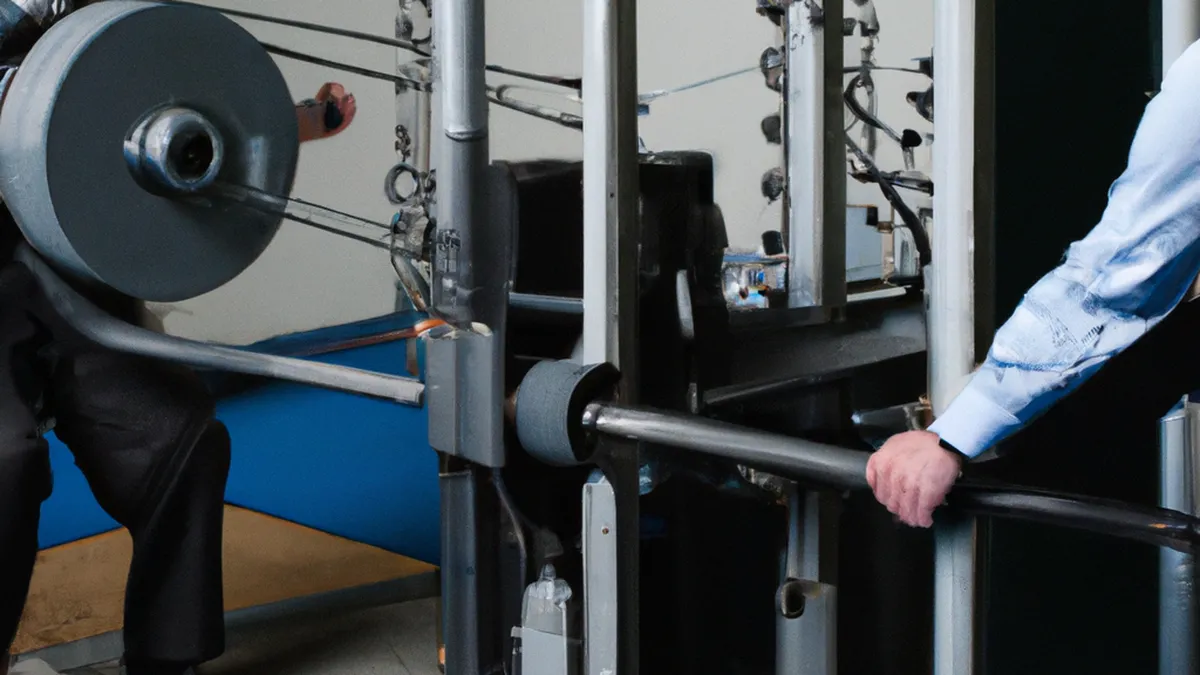Blue Light vs Sleep: Key Differences
As an Amazon Associate I earn from qualifying purchases.
Gear tip: consider sleep mask, white noise machine, and blue light blocking glasses to support this topic.
The Impact of Blue Light on Sleep Cycles
In our modern world, blue light surrounds us. We find it in smartphones, tablets, computers, and energy-efficient LED bulbs. Technology offers numerous benefits but also challenges our sleep cycles. Understanding blue light’s effects on sleep is essential for improving health and well-being.
What is Blue Light?
Blue light is part of the visible light spectrum. It has a short wavelength and high energy. Sources of blue light include the sun, fluorescent lights, and digital screens. Blue light regulates our circadian rhythm, which dictates our sleep-wake cycle. This rhythm influences hormone production, body temperature, and sleep patterns.Research shows that evening exposure to blue light can interfere with melatonin production. Melatonin regulates sleep. When our eyes perceive blue light, particularly from screens, our brains signal that it is still daytime. This leads to reduced melatonin levels, making it harder to fall asleep and stay asleep.
How Blue Light Disrupts Sleep
Many individuals habitually use electronic devices before bedtime. This routine significantly impacts sleep quality. Engaging with a smartphone or tablet increases alertness and decreases drowsiness. Consequently, it becomes harder to initiate sleep. Studies indicate that blue light exposure before bed delays sleep onset and reduces overall sleep duration.Moreover, blue light diminishes REM sleep quality. REM sleep plays a critical role in memory consolidation, emotional regulation, and cognitive function. A lack of quality REM sleep can cause fatigue, irritability, and concentration difficulties the next day. Thus, managing blue light exposure is vital for restful sleep.
The Science Behind Sleep and Blue Light
Understanding the biological mechanisms of blue light’s effects on sleep provides insight into the issue. Our bodies contain specialized cells in the retina called intrinsically photosensitive retinal ganglion cells (ipRGCs). These cells are sensitive to blue light and help regulate circadian rhythms. When blue light enters the eyes, these cells send signals to the brain’s suprachiasmatic nucleus (SCN).The SCN influences melatonin production by signaling the pineal gland. During the day, abundant natural light keeps melatonin levels low, promoting wakefulness. As night falls and natural light diminishes, melatonin production increases, facilitating sleep. Artificial blue light from screens disrupts this cycle and misaligns our sleep patterns.
Tips to Reduce Blue Light Exposure
Fortunately, several practical strategies exist to minimize blue light exposure and mitigate its effects on sleep.
Conclusion
Understanding blue light’s impact on sleep can enhance our health and improve sleep quality.
Below are related products based on this post:
FAQ
What is blue light?
Blue light is part of the visible light spectrum, characterized by its short wavelength and high energy. It is emitted by sources such as the sun, fluorescent lights, and digital screens. Blue light plays a crucial role in regulating our circadian rhythm, which influences sleep-wake cycles and hormone production.
How does blue light affect sleep?
Evening exposure to blue light can interfere with melatonin production, making it harder to fall asleep and stay asleep. When our eyes detect blue light, especially from screens, it signals to our brains that it is still daytime, leading to reduced melatonin levels and disrupted sleep patterns.
What strategies can help reduce blue light exposure?
Several effective strategies can minimize blue light exposure, such as limiting screen time before bed, using blue light filters on devices, and opting for dim lighting in the evening. Implementing these practices can help improve sleep quality and overall health by promoting better sleep hygiene.















Post Comment